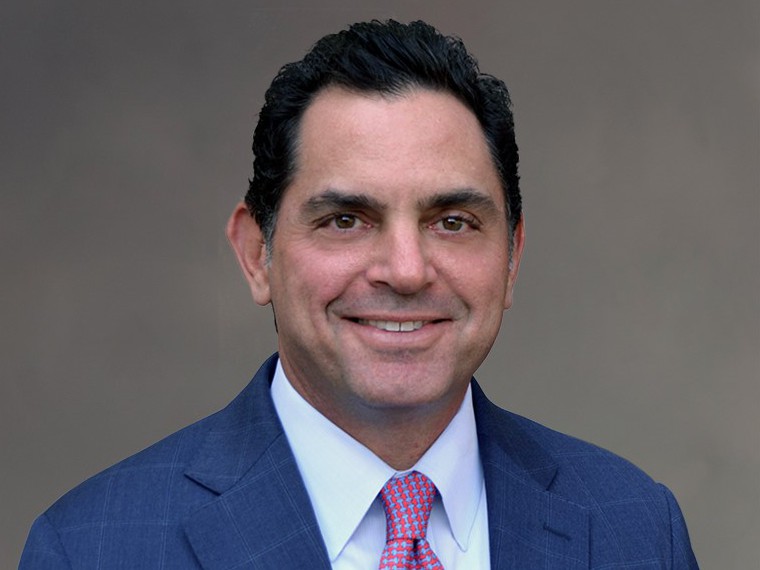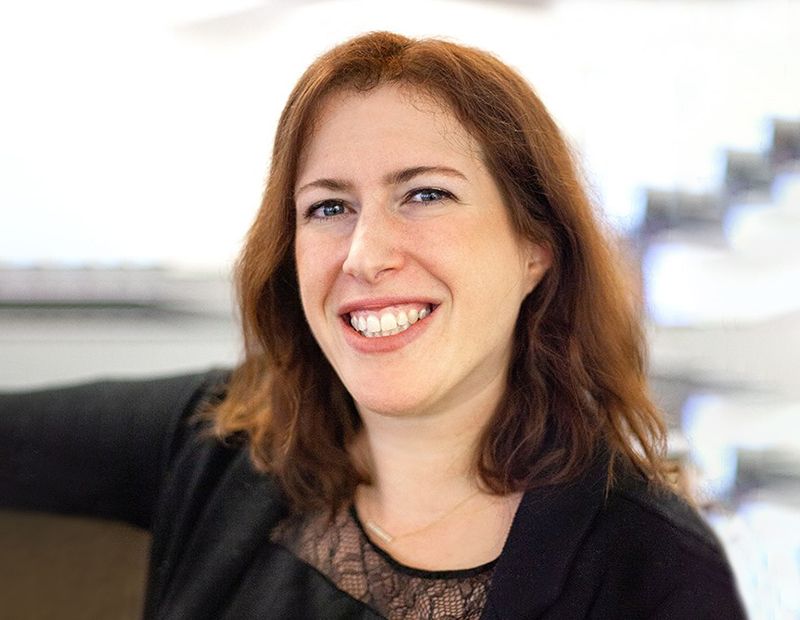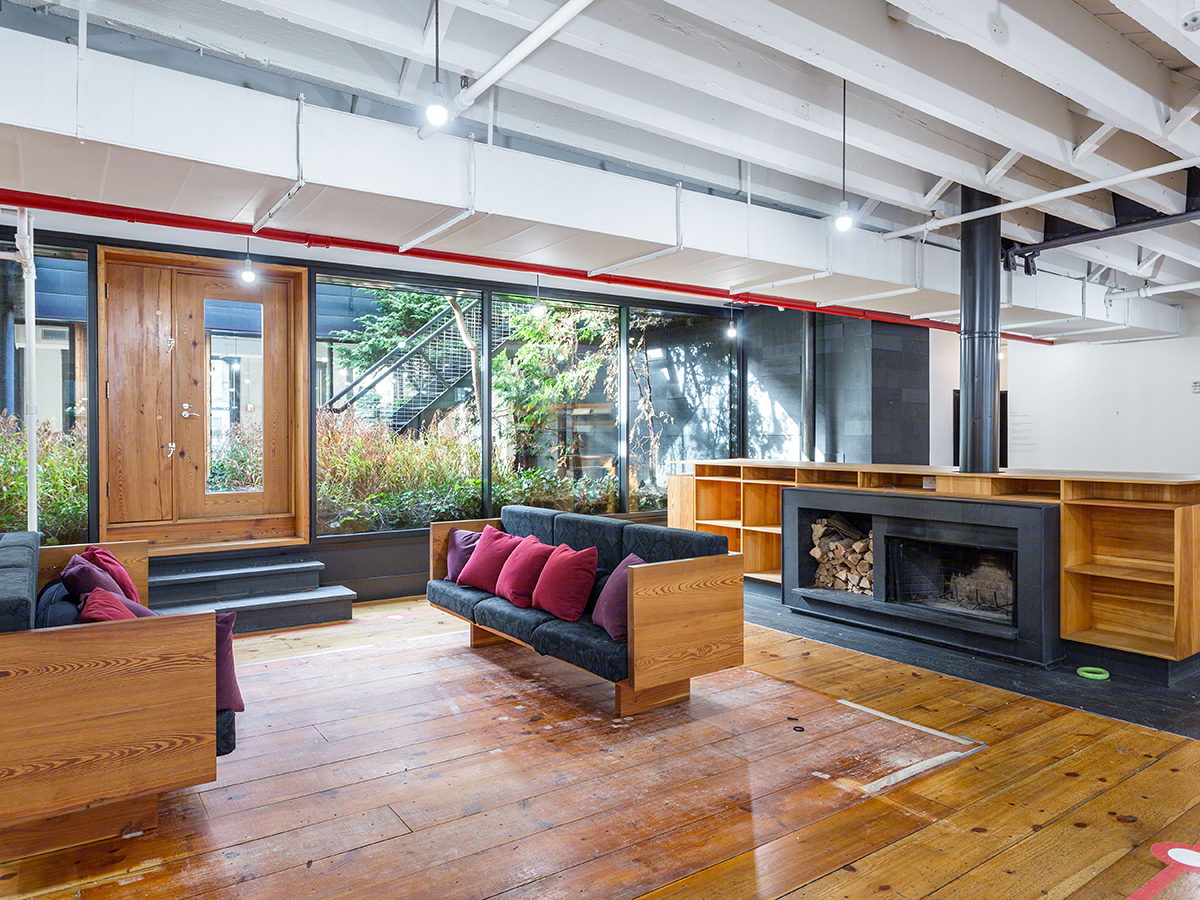The MOB Cure: CBRE Report
Although the niche faces uncertainties surrounding federal health care policy, the demographics behind medical office building demand offer strong reasons for optimism.
By Scott Baltic
With “U.S. Medical Office Buildings: A Cure for Market Volatility,” CBRE has presented its first-ever report on the U.S. medical office market, a nearly 60-page in-depth look at a product type that has matured from niche to mainstream in seemingly record time.
The report acknowledges the uncertainties over the near term regarding federal health-care policy, but cites the inexorable demographics behind MOB demand, along with other factors, as ample reason for optimism about this product type.
Its key findings focus on demographics, changes in the health-care industry, falling vacancies in the medical office building sector and growing investor interest in the MOB segment.
The 65-and-older population, which currently accounts for by far the highest per-capita health-care spending, will nearly double by 2055, by which time it will represent about 23 percent of the U.S. population. Further, annual physician office visits by that cohort averages nearly double those by the 45- to 64-year-old cohort.
A need to contain costs is driving health-care industry consolidation and fueling demand for less-expensive delivery settings, such as MOBs and urgent-care facilities. Along the way, this consolidation among providers has placed a premium on large blocks of space.
Vacancies, rents and investors
Nationally, the MOB vacancy rate decreased almost without interruption from the first quarter of 2010 till 2017’s first quarter by an average of 10 basis points per quarter, down to the current record low of 8.0 percent. Better yet for owners and investors, absorption started accelerating in mid-2015, outpacing deliveries by 38 percent nationwide.
Sustained demand has kept rents stable throughout the recession, the report notes, though relatively flat rents have persisted in recent years, even as operating conditions in the MOB sector have strengthened.
Rising investor confidence in MOBs has generated increased transaction volume. Alongside the gradual tightening of vacancies, total U.S. investment volume in the MOB sector shot from just less than $4 billion in 2010 to $10.2 billion in 2016. In turn, cap rates have been pushed to a record-low average of 6.8 percent.
The top 10 markets for growth (in absolute numbers) in the senior population are, in order from first to 10th: South Florida, Phoenix, Dallas/Ft. Worth, Houston, Atlanta, Tampa, Seattle, Las Vegas, Denver and Nashville. The highest net absorption since 2010 has been in Boston, Houston and Dallas/Ft. Worth, followed by Atlanta and Indianapolis.
The report can be downloaded here.
Image courtesy of CBRE Capital Markets








You must be logged in to post a comment.